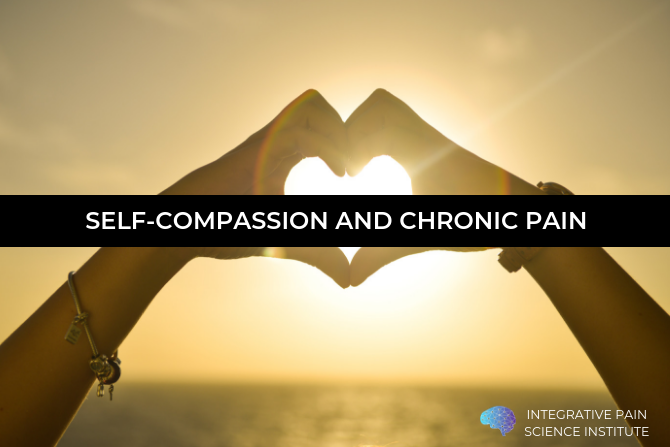Can Physical Activity Reduce Mortality Risk in People With Chronic Pain?

Chronic pain affects a staggering number of people worldwide, a fact that reflects both its widespread and complex nature and the challenge that represents its treatment (1). While injury, long-term illness, and disability can all lead to chronic pain, evidence indicates a strong contribution of occupational and lifestyle factors to both chronic disease and chronic […]
Can Data Modeling Help Identify Chronic Pain Patients Who Will Benefit from ACT?

Chronic pain affects not only physical, but also psychological and social aspects of daily life. At a time when millions of Americans are affected, and its prevalence continues to rise worldwide, effective treatments are sorely lacking. The way people cope with chronic pain can greatly influence its impact on mental health, social interactions, and physical […]
What is Creative Hopelessness and How Can it Help with Pain Exposure?

Avoiding pain is one of the most natural human instincts. We all do it. We numb it with alcohol, drugs, we restrict our movement or our activities, and we withdraw. Pain is tough to live with, and we think we can’t live our lives while we have it—we put our lives on hold while we […]
Self-Compassion and Chronic Pain

Chronic pain can take a huge toll on mental health. Anger, frustration, self-blame, and animosity towards oneself and others often surface in people experiencing persistent pain, making it difficult to manage. Practicing self-compassion (“taking a kind, accepting, and non-judgmental stance towards oneself in times of failure or difficulty”) can make living with pain and responding […]
Can ACT Reduce the Use of Sick Leave and Medical Services in Workers at Risk for Long-Term Disability?

Sitting, standing, or walking for long hours. Hammering, drilling, brooming. Pushing or lifting weights. Tending to elderly or disabled patients. Teaching to a large class of children. Most occupations and jobs involve repetitive tasks that may cause physical and mental discomfort with negative impact on health and wellbeing. Physical and mental demands can be particularly […]
Risky or Rewarding? Exercise for Pain Relief in People with Type 2 Diabetes

Rheumatological and musculoskeletal symptoms (RMS) are a main cause of chronic pain in people with type 2 diabetes mellitus (T2D). Some RMS, such as limited joint mobility syndrome (diabetic cheiroarthropathy), neuropathic arthritis, tendinopathy, diabetic amyotrophy, and diabetic muscle infarction, are considered specific complications of T2D. For other RMS, including osteoarthritis, low back pain, carpal tunnel […]

